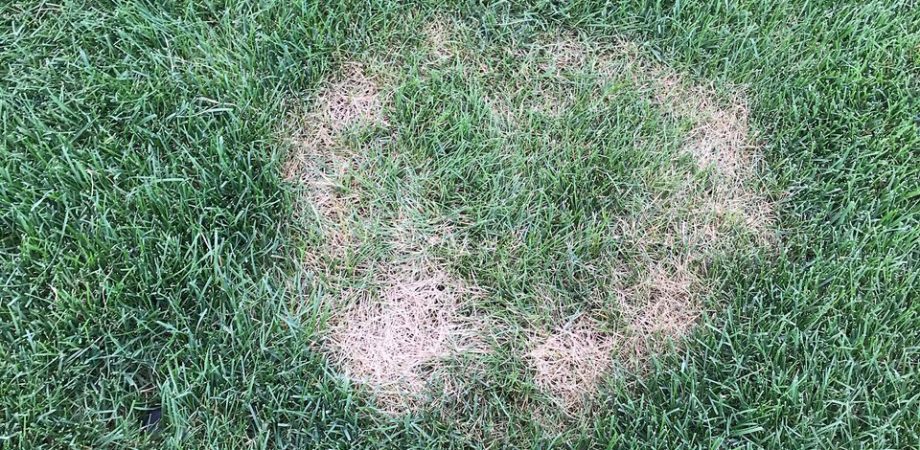Cultural and Chemical Solutions to Fungus in Cool-Season Turf

Now that we are into summer, we’re all on the lookout for disease pressure in cool-season turf. There are plenty of pathogens to deal with this time of year, but in this article we’ll focus on a few of the most common: summer patch, dollar spot, brown patch, and leaf spot.
All four of these are fungal diseases that depend greatly on environmental conditions. Weather plays a huge role in how the fungi affect turf, with heavy rainfall and high nighttime humidity posing the biggest threats to turf health. While you can’t control the weather, there are plenty of things you can do to manage these diseases.
First, you can implement some cultural practices to reduce disease pressure. The cultural factors that lead to fungus include improper nitrogen levels, wet foliage, poorly draining soils, and thatch. To combat these, consider the following actions:
- Seed turf with resistant varieties. For example, perennial ryegrass and tall fescue are resistant to summer patch and less susceptible to dollar spot.
- Follow proper fertilization practices. Nitrogen deficiency promotes the growth of summer patch and dollar spot, while excessive nitrogen levels can lead to brown patch and leaf spot. So, it’s important to maintain a balanced nitrogen level to minimize disease pressure.
- Water deeply and infrequently. This is crucial to avoid wet foliage. Watering early in the morning also helps by allowing the leaf tissue to dry quickly.
- Practice proper mowing techniques. These include using sharp blades and appropriate mowing heights, which vary by turf variety and the disease you’re working to prevent.
- Improve airflow to the turf. Reducing the thatch layer and aerating in the fall will increase airflow and improve the movement of water and nutrients.
To the extent that cultural practices don’t solve fungal diseases in your lawn, there are some best practices to keep in mind when it comes to chemical options.
- Practice prevention. Apply fungicides as preventatives to minimize disease pressure before it’s even noticeable.
- Act quickly. You should begin curative fungicide treatment as soon as you see symptoms of disease.
- Assess the situation. Both granular and liquid options are available to treat fungal diseases, and the choice will depend on a variety of factors unique to your lawn.
- Maximize your impact. Products like Zoxy-PG or Pillar G are broad-spectrum granular fungicides that can help control several cool-season turf diseases.
- Protect against fungicide resistance. Alternate the fungicides you use so the diseases don’t become resistant to future treatment.
If you think you may have fungus in your lawn, reach out to your ATS representative for assistance in diagnosing the disease and finding the right product to solve the problem.







